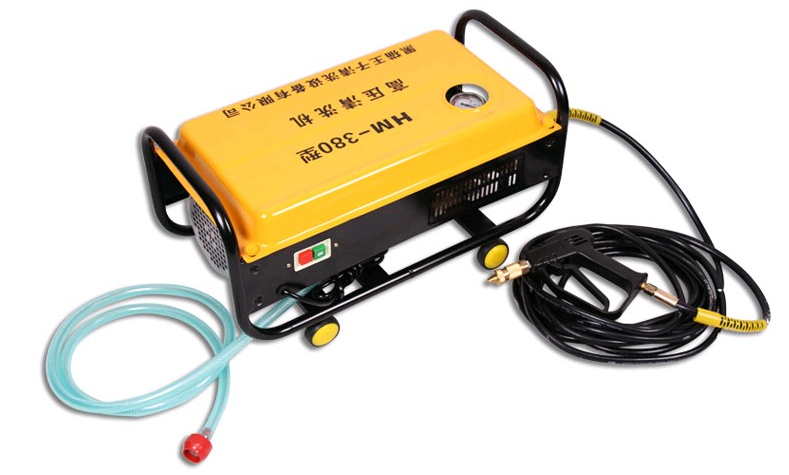layer chicken cages
Nov . 20, 2024 15:27 Back to list
layer chicken cages
The Rise of Layer Chicken Cages in Modern Poultry Farming
In recent years, the poultry industry has witnessed a significant evolution, particularly in the methods used for raising layer hens. Among the various innovations, layer chicken cages have emerged as a pivotal solution for egg production. These cages not only enhance productivity but also address several animal welfare and management challenges faced by traditional farming methods.
Layer chicken cages are specifically designed to house hens that are raised primarily for egg production. Unlike conventional free-range systems, these cages provide a controlled environment where hens can live in groups while still having separate spaces. The design of layer cages maximizes space efficiency and ensures that hens have adequate access to food and water, promoting health and productivity.
One of the most significant advantages of layer chicken cages is their ability to increase egg production. The systematic arrangement of cages allows farmers to manage a larger number of hens in a smaller area. This is particularly beneficial in regions with limited land availability. Furthermore, the cages protect the birds from predators and diseases, which are common threats in free-range setups. This protection leads to a healthier flock and ultimately results in higher egg yields.
Additionally, layer chicken cages facilitate automation and improve overall management efficiency. Modern farming technology allows for the automation of feeding, watering, and egg collection processes. This not only saves labor costs but also ensures that hens receive consistent care. Automated systems can monitor the health and well-being of the birds, enabling farmers to quickly identify and address any emerging health issues.
layer chicken cages

Another important aspect to consider is the welfare of layer hens in cage environments. Critics of caged systems often raise concerns about animal welfare, citing issues such as limited space and lack of freedom. However, advancements in cage design, such as enriched cages, have sought to address these concerns. Enriched cages provide hens with additional space, nesting boxes, and perches, allowing for more natural behaviors while still delivering the advantages of high-density farming.
Moreover, layer chicken cages contribute to sustainable farming practices. By maximizing feed efficiency and minimizing waste, these systems help reduce the environmental impact of poultry farming. With the increasing global demand for eggs, efficient production methods are vital for meeting market needs without compromising the planet's resources. Layer cages play a critical role in this balance, allowing producers to maximize output while adhering to sustainable practices.
Regulations and standards surrounding poultry farming are also evolving, leading to more stringent requirements for animal welfare and environmental sustainability. Farmers who adopt layer cages are often better positioned to comply with these regulations, as the controlled environment of the cages simplifies management and monitoring processes. This compliance not only enhances the reputation of the producers but also builds consumer trust in the quality and ethics of their products.
In summary, layer chicken cages offer a multitude of benefits for modern poultry farming. From increased egg production and improved management efficiency to enhanced animal welfare through enriched environments, these systems are changing the face of egg production. As the industry continues to adapt and innovate, layer chicken cages are poised to play an integral role in meeting the growing demand for sustainable and ethical poultry products. The future of egg production will likely see a continued emphasis on balancing efficiency with animal welfare, a challenge that layer cages are well-equipped to address.
-
Hot Sale 24 & 18 Door Rabbit Cages - Premium Breeding Solutions
NewsJul.25,2025
-
Automatic Feeding Line System Pan Feeder Nipple Drinker - Anping County Yize Metal Products Co., Ltd.
NewsJul.21,2025
-
Automatic Feeding Line System Pan Feeder Nipple Drinker - Anping County Yize Metal Products Co., Ltd.
NewsJul.21,2025
-
Automatic Feeding Line System - Anping Yize | Precision & Nipple
NewsJul.21,2025
-
Automatic Feeding Line System - Anping Yize | Precision & Nipple
NewsJul.21,2025
-
Automatic Feeding Line System-Anping County Yize Metal Products Co., Ltd.|Efficient Feed Distribution&Customized Animal Farming Solutions
NewsJul.21,2025






